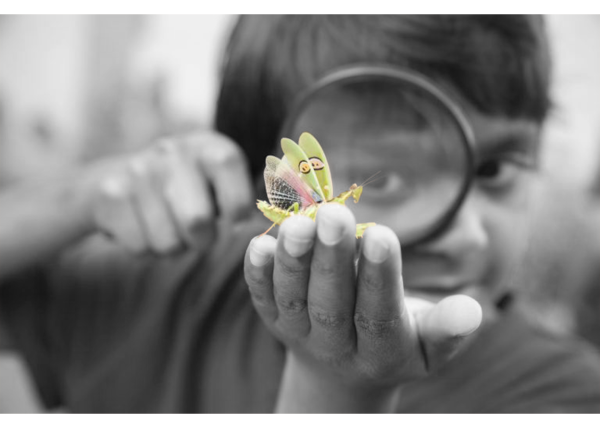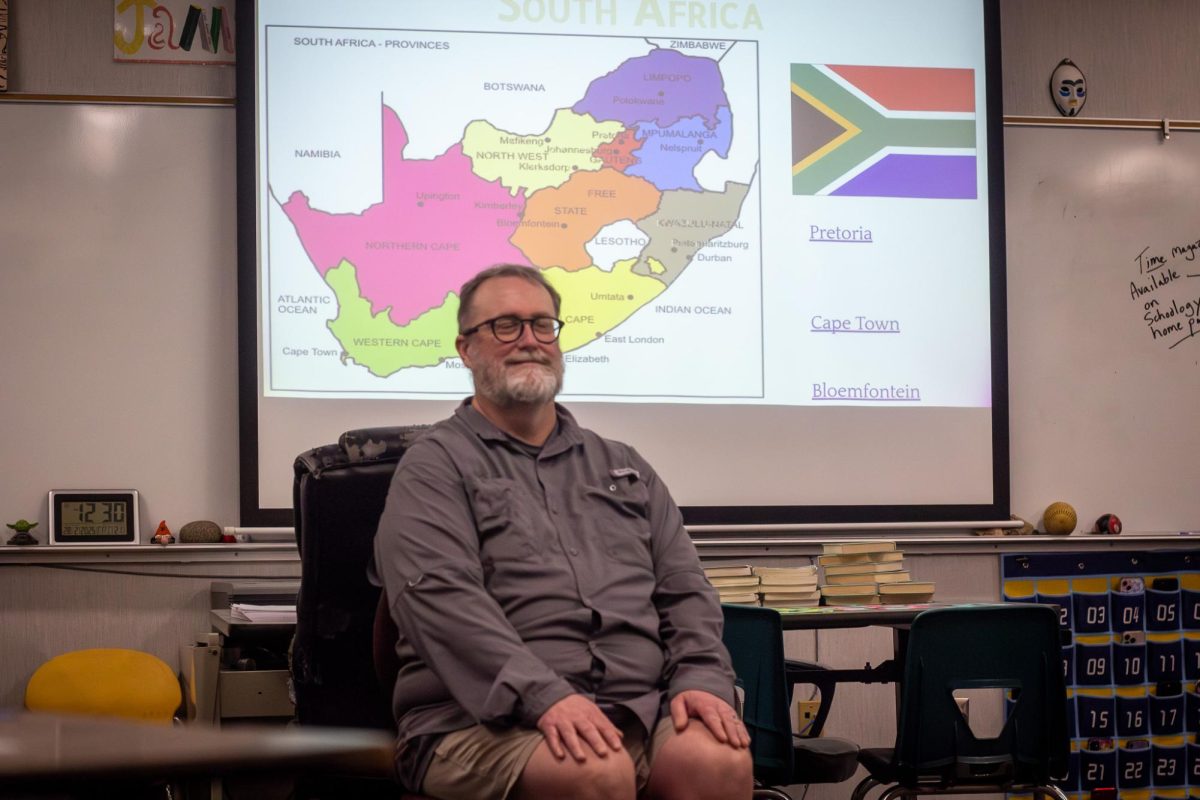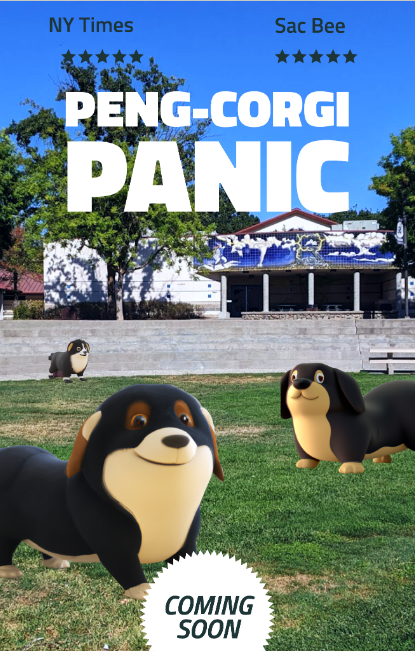
What do you think of when you hear the word “nature”? Perhaps a thick grove of towering trees with a dense canopy and fanning leaves. Or maybe you think of a delicate flower swaying in a gentle breeze. Maybe an elephant, a desert, a cactus – the specific thing doesn’t matter. What does matter, however, is how you think about that thing. Particularly in quite an urbanized area such as Rocklin, it is easy to forget how much we can learn from nature, from the tallest trees to the tiniest microbes.
Most people do not think too deeply about how things “work” in nature, and that is okay. It is there for us to enjoy as leisure, to reduce our stress levels, and to provide a home for animals and insects and producers. But, this typically means that if you pick up a leaf, it is doubtful that you would endeavor to decipher why it is structured a certain way or what benefits a given attribute accomplishes. Most people might not care why a leaf looks or functions a certain way – but more and more people are committed to showing the world why it does matter. They are known as biomimics: people who look to nature to solve many of the issues our planet is currently facing.
These aforementioned biomimics are appropriately named for studying or embracing the science known as biomimicry. Biomimicry is probably an unknown word for the majority of the population. However, when broken down, its meaning is quite clear: the prefix “bio” means “life”, and “mimic” means to imitate. Put them together and you get “imitate life”, which gives you a pretty adequate understanding of what this term means.
Beth Rattner is the executive director of The Biomimicry Institute, a non-profit organization dedicated to using nature as a guide for design. Having dedicated years to the field of biomimicry and simply having a deep love for nature, she reminds us that “everybody already has some relationship to nature. Biomimicry is just basically saying, there’s this whole other way to learn from nature that you don’t even know about yet.” As it stands currently, there is some disconnect between nature and a typical man-made lifestyle. Rattner said that “the sooner that we start to build a bridge between those two worlds, the better off we will be.”
The fact is, we are surrounded by nature-inspired solutions every day. An excellent example of biomimicry is something that is widely used: Velcro®. It is on our backpacks, shoes, and it even helps to keep our school-issued Chromebook cords in place. This you already know, but what you might not know is that Velcro was invented by a Swiss engineer named George de Mestral in the 1940s. While hiking with his dog in the mountains of Switzerland, a burr (a prickly casing for seed) became stuck to his dog’s fur and his pants. Mestral’s curiosity ignited passion, inspiration, and design, which, in turn, led to development – a development that, perhaps, is currently used to fasten your shoes.
As Rattner explained, “Biomimicry is really important because it puts people of all ages back into the driver’s seat as solvers. I love that. I think that’s such an important part.” Biomimicry is rare in that it isn’t necessary to have an exceptional understanding of the inner workings of nature or science or math to grasp the overall concepts at hand. You just have to be curious, willing to ask questions, and open to learning from an unconventional kind of teacher. Rattner said that “it is accessible to everybody. It doesn’t matter if you think you’re a designer or an engineer or not, it doesn’t matter if you think you’re an artist or not, it doesn’t matter if you think you’re going to be a chemist or not. It’s worth it to just be inspired by the world again.”
For five years, the Biomimicry Institute has encouraged this curiosity and inspiration-seeking mindset through their annual competition, the Youth Design Challenge (YDC). The YDC is a way for middle and high school students to “design bio-inspired ideas that can provide solutions to critical real-world problems,” and it has been quite far-reaching in its scope; over 12,000 students, 37 states, and 21 countries participate. The goal of this initiative is to encourage young scientists to create solutions to implement in the future.
In addition to the YDC, the Biomimicry Institute has created a comprehensive database of all things nature, appropriately named “AskNature.” You can type any question regarding bio-inspired design on the website, and it will provide you with multiple articles and examples of how that design functions. This database further encourages curiosity, prompting people to think unconventionally about things that might seem basic.
“I think that the best part about nature-inspired design,” Rattner says, “is that it puts that wonder back into your life. It lends itself to curiosity.” Taking a moment to appreciate nature and its wonders would be beneficial for all of us. In today’s fast-paced world of ever-advancing technology, artificial intelligence, and industry, looking to nature becomes a clearer, more sustainable, healthier solution.
Nature has known how to exist and flourish for millennia. So, it only seems fitting that humans could take a page out of nature’s book when it comes to learning how to thrive ourselves.



















